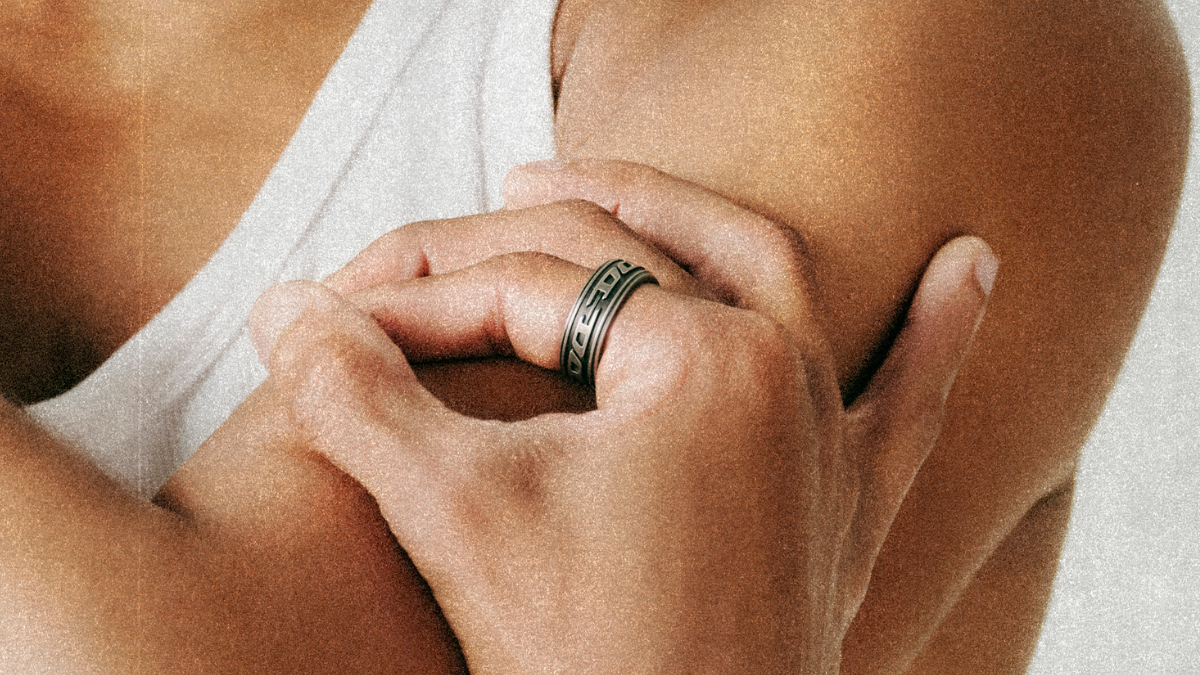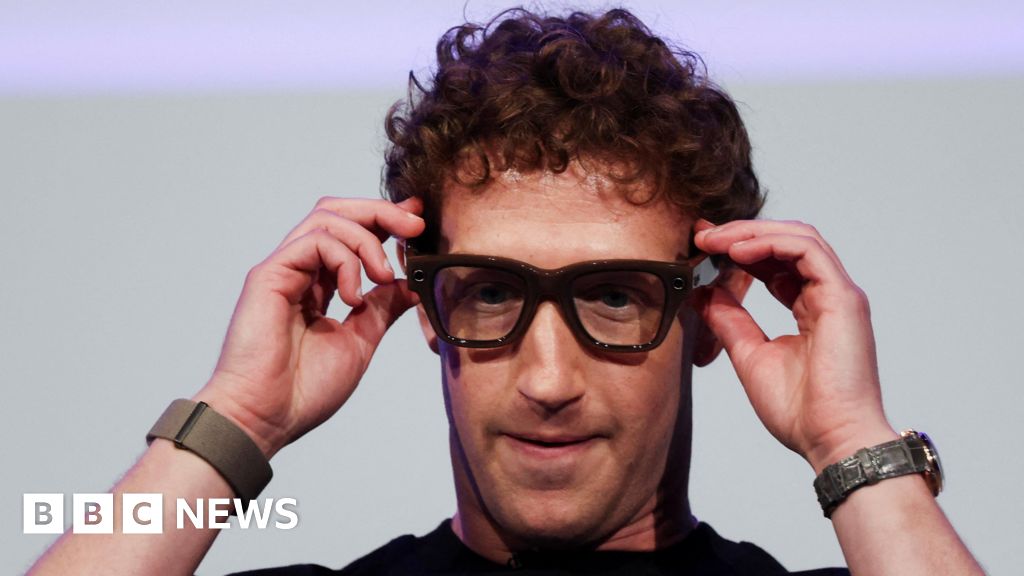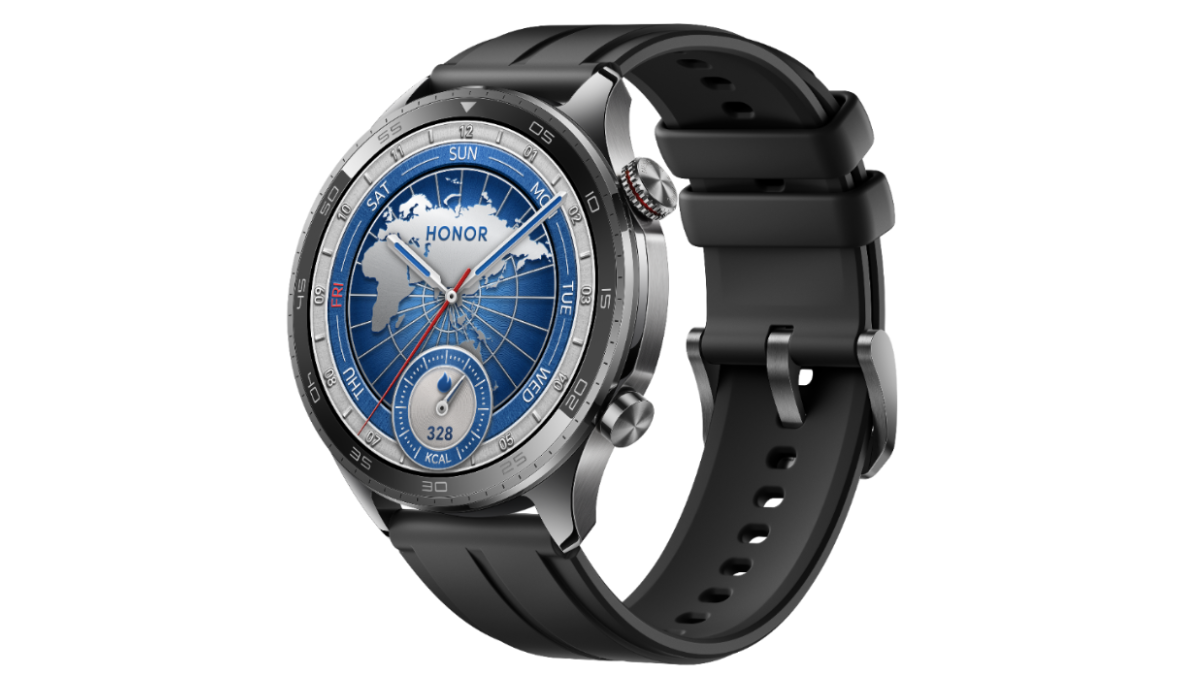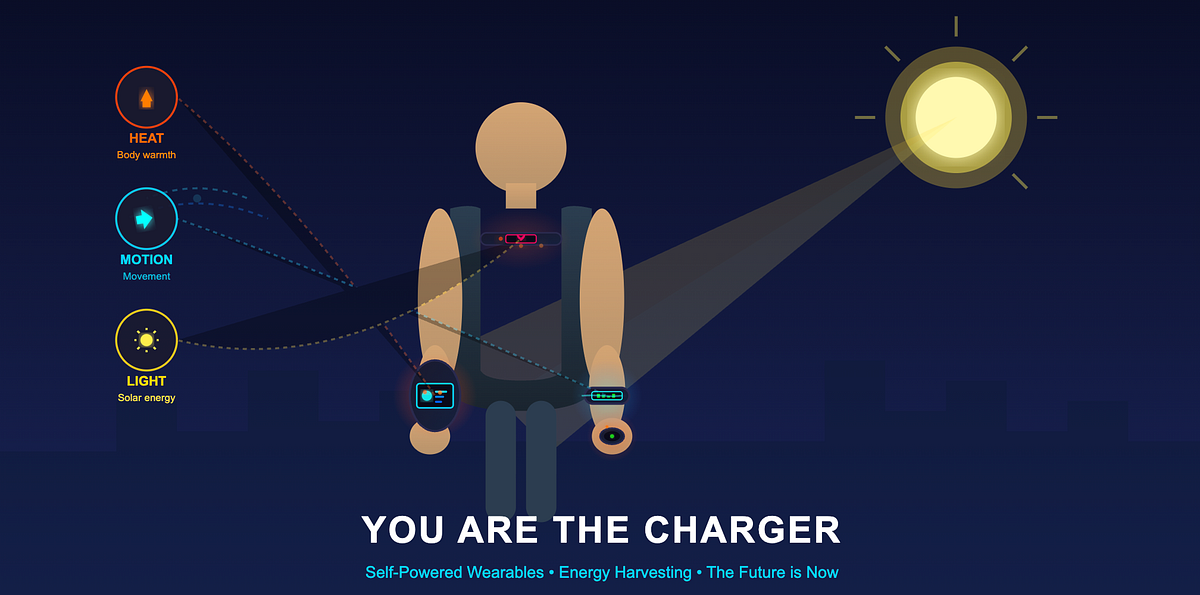#wearables
#wearables
[ follow ]
#smart-glasses #augmented-reality #meta #oura-ring #smart-ring #health-tracking #privacy #ai-glasses #sleep-tracking
fromWIRED
4 days agoPebble Is Making a $75 Smart Ring
There's no way to recharge the ring. Migicovsky says he didn't want yet another gadget to charge every day, so instead, the Pebble Index has non-rechargeable silver oxide hearing aid batteries designed to last 2 years with average use. Once the device's battery is nearly dead, users will receive a notification in the app, and the idea is you'll buy a new Pebble Index-an idea that's easier to get behind knowing the ring costs just $75.
Wearables
fromZDNET
5 days agoI saw the future of Android XR smart glasses, and Google left me stunned at the progress
Last week, within the confines of Google's Hudson River office, I put on a pair of Android XR glasses and began to converse with Gemini as I walked around the room. These weren't the Warby Parker or Gentle Monster models that had been teased at Google I/O in May, but rather a developer kit that will soon be in the hands (and on the faces) of Android developers worldwide. The demos, ranging from visual assistance to gyroscopic navigation, progressed swiftly and, to my surprise, with high rationale. At one point, I asked Gemini to give me a fruit salad recipe with the pasta on the shelf, only for it to recommend a more traditional tomato sauce dish instead.
Gadgets
Health
fromZDNET
1 week agoI tried Fitbit Premium on my Pixel Watch for a month - now I take AI health coaches seriously
AI-powered Fitbit Premium (Gemini) meaningfully enhances personalized health insights, plans workouts, measures sleep and stress, and offers actionable suggestions based on user data.
fromGadgets 360
1 week agoHere's When Samsung Might Launch the Galaxy Watch Ultra 2
Now, a fresh leak reveals the possible launch timeline of the Galaxy Watch Ultra 2. It is likely to debut alongside the Galaxy Watch 9. The existing Galaxy Watch Ultra model features a 1.5-inch circular Super AMOLED display and a 47mm titanium case. It has an IP68 rating for dust and water resistance, as well as a MIL-STD 810H durability certification.
Gadgets
fromGSMArena.com
1 week agoHere's how to unlock secret deals from Samsung US
Take the Samsung Galaxy S25 Ultra, for example. Samsung US is offering a $560 discount with no extra requirements - and you get double the storage for free! That brings the regular price for the 12GB/512GB model down to $860. However, if you qualify for the program, you can get an additional $153 off, so the price drops to $707.
E-Commerce
fromBusiness Insider
2 weeks agoOpenAI keeps giving hints on its Jony Ive-designed mystery device. I'm still not excited.
Trust me when I say that I am absolutely thrilled by the chance to blow some money on a new gadget. I really am. I love a gizmo, a device, a widget, or a doohickey. When I see some new electronic thingamabob that might make my life easier or more enjoyable, I want it. And yet, I am really scratching my head about why I would want or need the new device that OpenAI is working on - whatever it is.
Apple
fromZDNET
3 weeks agoAn ex-Bose engineer just designed smart earrings that do more than track your health
Lee is a former Bose engineer who led the engineering of its famed sleepbuds, and he, in his own words, "knows how to put tiny things in people's ears for a long time," he told me in an exclusive interview. After Lee's father broke several ribs when he fainted due to a lack of blood flow, he wondered how to create a device that measured that in the ear.
Gadgets
fromwww.mercurynews.com
1 month agoOura preparesApple Watch-like hypertension detection for its Smart Ring
Oura Health Oy, the Finnish smart ring maker, is the latest wearable company seeking to move into blood pressure monitoring. On Monday, the startup said it plans to launch a Blood Pressure Profile study later this year, designed to detect early signs of hypertension or elevated blood pressure without displaying actual systolic or diastolic readings, as part of efforts to develop a future consumer feature. The study will track users' data without a traditional cuff and provide information to help users better understand their potential risk levels.
Public health
fromThe Verge
1 month agoOura redesigns app with expanded stress tracking
The updated Oura app will introduce a new Cumulative Stress feature that provides a weekly overview of how the body manages and recovers from sustained stress, drawing from sleep, heart rate, temperature, and activity data. The redesign, Cumulative Stress, and a new stress management dashboard will be available on iOS and Android globally "in the coming weeks," according to Oura.
Wearables
fromGadgets 360
1 month agoDiwali 2025 Gift Ideas: Mobile Phones and Gadgets to Give to Your Loved Ones
This Diwali, skip the usual sweets and sweaters and surprise your loved ones with a gift that truly sparks joy. From budget-friendly 5G smartphones like the Redmi A4 5G and Realme Narzo 80 Lite 5G, to entertainment-ready tablets such as the OnePlus Pad Lite and Lenovo Idea Tab, there's something for everyone during the festive sale. Fitness enthusiasts will love smartwatches like the Redmi Watch 5 Lite or Noise Pulse Hyper,
Gadgets
Wearables
fromInterconnected, a blog by Matt Webb
1 month agoCyborgs vs rooms, two visions for the future of computing
Two divergent futures for human-computer interaction: body-integrated cyborg wearables and enhancements, versus environment-centered, room-scale programmable interfaces that augment spaces rather than bodies.
fromTechCrunch
1 month agoSmart ring maker Oura raises $900M from Fidelity | TechCrunch
"This new funding is a testament to the strength of Oura business and the trust millions of members place in us every day. We're proud to be building not just a product, but a global movement toward proactive health-helping people understand their bodies, make better lifestyle decisions, and connect more effectively with their healthcare providers," CEO Tom Hale said in a statement.
Health
fromMail Online
2 months agoTop 15 Amazon Prime tech deals sourced by a technology expert
Get ready to unlock unmissable savings on must-have tech during the Amazon October Prime Day sale, with deals to be had across a huge array of the site's devices. Whether you have been looking to upgrade to a new iPad, grab a great deal on an Amazon Fire TV Stick, or get fit with a new Garmin smartwatch, with up to 57 per cent off in the October Amazon Prime Day sales, there's never been a better time to shop.
E-Commerce
fromYanko Design - Modern Industrial Design News
2 months agoThese 'Camera Headphones' Are So Weird, They Might Actually Be Genius - Yanko Design
It's one of those questions that seems obvious only in hindsight, like wondering why nobody put wheels on luggage until the 70s. For years, the tech world has been obsessed with cramming cameras and computers into eyeglasses, a form factor that is aesthetically sleek but functionally limited. The entire industry got so hung up on looking like Tony Stark that it overlooked a glaring reality:
Wearables
fromTechCrunch
2 months agoOura launches Ring 4 Ceramic collection, new charging case, and a 'health panel' feature | TechCrunch
"We want to give people even more reasons to wear an Oura ring, and we're doing that with the Oura Ring 4 Ceramic collection," Oura VP of Consumer Software Product, Jason Russell, told TechCrunch in an interview. "They are made from this ceramic zirconia material that's very unique. It's traditionally more what you'd see in watchmaking or jewelry. And you can see the colors are youthful, they're expressive, but also neutral enough for everyday wear."
Gadgets
Wellness
fromTechCrunch
2 months agoWhoop opens blood-testing service to what it says is a 350,000-person waitlist | TechCrunch
Whoop launched Whoop Advanced Labs combining Quest Diagnostics blood tests with continuous wearable data to deliver personalized wellness recommendations under a subscription model.
fromThe Verge
2 months agoI need a life cool enough for the new GoPro
This week, I've been reading about Lizzo and Uniqlo and book thieves and Max Verstappen, obsessing over both Black Rabbit and The Lowdown, eating aggressively too many Pop'ums pretzels, listening to everything in the AirPods Pro 3s, updating my old Ray-Ban Metas to see if the AI is any good, meal planning with Crouton, and posting all my junk for free on Nextdoor.
Gadgets
fromGadgets 360
2 months agoXiaomi Watch S4 Launched Alongside Xiaomi Band 10 Glimmer Edition
The Xiaomi Watch S4 41mm comes with a 1.32-inch circular AMOLED display, offering a 466×466-pixel resolution, 60Hz refresh rate, and peak brightness of 1,500 nits. The screen sits within a compact 41mm stainless steel casing. It features a 4-LED + 4PD heart rate sensor for monitoring pulse, blood oxygen (SpO2), stress levels, sleep patterns, and menstrual cycles, and is powered by the upgraded Xring T1 chip, claimed to be 35 percent more efficient than the standard Watch S4.
Wearables
fromYanko Design - Modern Industrial Design News
2 months agoHuawei Paris Launch: Watch GT 6 Pro and Ultimate 2 add underwater messaging, cycling power, and medical grade health - Yanko Design
At Paris's Vélodrome National, Huawei staged its most ambitious ecosystem showcase to date. The event focused on an interconnected lineup of wearables, smartphones, tablets, audio, and creative software. The strategy challenges Apple's ecosystem advantage while addressing gaps competitors have not resolved. Designer: Huawei Huawei reports 200 million wearable shipments worldwide and cites the number one global position in wrist-worn devices during the first half of 2025. The GT Series alone has shipped 54 million units. These totals frame why Huawei sees itself as a category leader.
Gadgets
fromThe Verge
2 months agoApple Watch Series 11 review: stuck in the middle
No one is going to wax lyrical about the Apple Watch Series 11. Not because it's a bad smartwatch - it's a great smartwatch, actually. There's just nothing that makes it feel special this year. Alas, the $399 Series 11 is the middle child of Apple Watches. It's not the Series 11's fault that the entry-level Apple Watch SE 3 got a major glow-up. It can't help that the Apple Watch Ultra 3 gets everything the Series 11 has plus satellite connectivity.
Wearables
fromThe Verge
2 months agoThe Apple Watch SE 3 is the one to buy
When I walked into Apple Park last week, there was one thing that I did not have on my bingo card: the $249 Apple Watch SE 3 stealing the show from the Apple Watch Series 11 and the Apple Watch Ultra 3. But here we are. It's 2025, and the entry-level Apple Watch is the one I'm most excited by. That's because compared to the iterative updates of the Series 11 and Ultra 3, the third-gen SE has gotten a massive, wide-ranging glow-up.
Apple
Wearables
fromwww.theguardian.com
2 months agoThe truth about smartwatches? Life is better without a hectoring zealot on your wrist | Zoe Williams
Many smart-home devices and wearables are widely regretted because they solve trivial problems, provide little valuable insight, and can feel intrusive or patronizing.
[ Load more ]





































